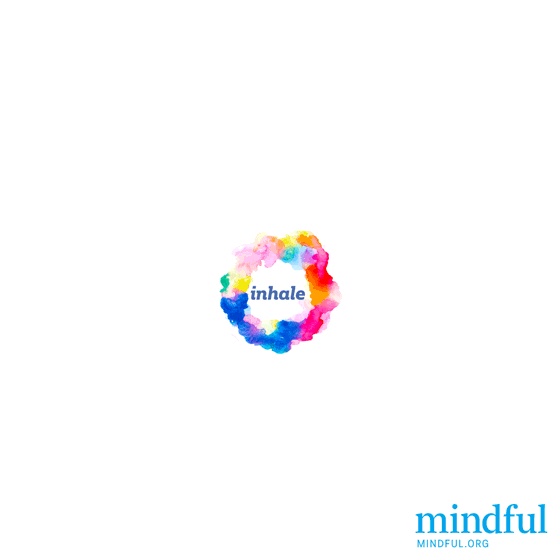1. Begin this meditation by noticing the posture that you’re in. You may be standing or sitting or lying down.
2. Notice your body exactly as it is. See if you can tune in to any sensations that are present to you in your body in this moment. There might be heaviness or lightness, pressure, weight. There might be vibration, pulsating, movement, warmth, coolness, These sensations can be anywhere in your body, and all you have to do is notice them. Notice what’s happening with curiosity and interest.
3. Take a breath. As you breathe, relax. Not much to do except be fully present and aware.
4. Now let go of the body’s sensations, and turn your attention to the sounds inside or outside the room. There may be all sorts of sounds happening: loud sounds, quiet sounds. You can also notice the silence between the sounds. But the sounds are coming and going. Notice them coming and going.
5. Note the sounds instead of narrating them. One tendency of our mind is to want to think about the sounds, to start to make up a story about the sound, or we have a reaction to it: I like it, I don’t like it. See if instead, you can simply listen to the sound. Notice it with curiosity and interest. The sounds are coming and going.
6. Check in before you check out. Now once again, notice your body standing, present, or seated, or lying down. Notice any body sensations that are obvious to you. Take another breath, soften, and when you’re ready, you can open your eyes.
One tendency of our mind is to want to think about the sounds, to start to make up a story about the sound, or we have a reaction to it: I like it, I don’t like it. See if instead, you can simply listen to the sound.
Try This Simple Mindful Breath Practice
Breathe along with this GIF to calm a stressed out mind. Focus on the sensation of your breath in and out.

This audio meditation was produced by UCLA’s Mindful Awareness Research Center (MARC). Hear more free guided meditations from MARC.
read more
Your Breath is Your Brain’s Remote Control
A study has found evidence to show that there is actually a direct link between nasal breathing and our cognitive functions. Read More
How to Fight Stress with Intentional Breathing
This simple yet effective form of deep breathing defuses the stress feedback loop and teaches your brain and body to relax. Read More










